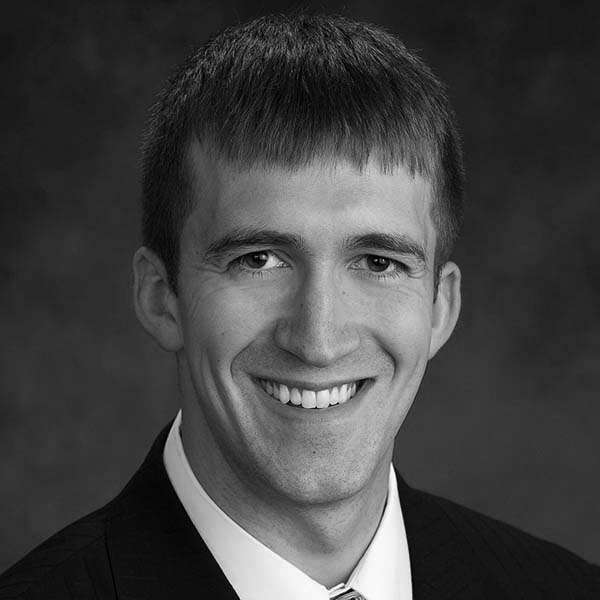When I was a young physician, we talked with almost religious zeal about the “Golden Hour.” Early on, this principally focused on the idea that within the first hour after an injury, a patient needed to receive definitive treatment in order to maximize the chances of survival, and recovery. We usually interpreted this to mean that the patient needed to be in the hands of the trauma surgeon before this hour was up. We took ATLS classes so we could make sure that the patient in our emergency room got the best treatment we non-surgeons could provide, until the surgeon could take over.
Of course, in the rural upper midwest, the nearest surgeon, and even the nearest emergency room, might be more than an hour away.
Fortunately for those of us living in more sparsely populated areas, time to the surgeon isn’t the only factor that impacts our chances in an emergency. The care we receive before we get to the hospital matters. In fact, it matters a lot.
Gone are the days of “scoop and run” when the only goal of the first responders was to get the patient to the hospital as fast as possible. As with so many roles in modern society, a first responder today has a more complicated job. They need the training and flexibility to address what they see when they meet their patient. A person who has overdosed on fentanyl needs naltrexone, to reverse the opioid and get them breathing. A person in cardiac arrest needs a shock delivered, to restart their heart. A person who has lost a limb in a car accident needs the bleeding stopped. These things need to be done well before the patient could arrive in an emergency room, even if they were delivered there by helicopter.
Certainly some emergencies require care that is still well beyond what could be provided outside of a hospital. If they can receive it in time, approximately 25% of stroke victims could benefit from clot busting medications. Another 10-15% have strokes that are actually caused by bleeding. It’s a distinction that can’t be made in an ambulance, and the wrong call could be catastrophic.
We all know that the pandemic has radically changed the workforce. Employers around the country are facing a shortage of workers, from fast food to finance. Health care is no different. This includes ambulance services, where the situation is further complicated by the reality that many rural EMS providers rely on volunteer labor. Those volunteers need to know more than just how to drive the ambulance. They need to know how to provide effective interventions, to extend that “Golden Hour.” This particular labor shortage has grave consequences. It is quite literally a matter of life and death.
Debra Johnston, M.D. is part of The Prairie Doc® team of physicians and currently practices family medicine in Brookings, South Dakota. Follow The Prairie Doc® based on science, built on trust, at www.prairiedoc.org and on Facebook featuring On Call with the Prairie Doc® a medical Q&A show, streaming live on Facebook most Thursdays at 7 p.m. central.





